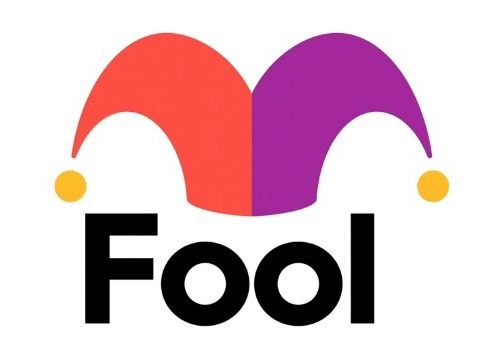If you’re retired and have a tax-deferred retirement account — like a traditional IRA, SEP IRA, SIMPLE IRA, 401(k), 403(b), or other employer-sponsored plan — you’re undoubtedly aware that you must start taking required minimum distributions (RMDs) once you reach a specific age. But what if you don’t need the money to help you cover everyday expenses? What if you’d rather reinvest the funds as soon as they’re withdrawn?
If you’ve hit age 73 (or 75 for those born in 1960 or later) and you find yourself withdrawing RMDs you don’t immediately need, here’s what you should know about investing the money elsewhere.
Where to invest $1,000 right now? Our analyst team just revealed what they believe are the 10 best stocks to buy right now. Learn More »

Image source: Getty Images.
Feel free to mix it up
There’s no one-size-fits-all way to take an RMD. Let’s say you have several IRAs. Your RMD can be calculated on the total amount in all your accounts, and you can draw from one or several of your IRAs. As long as you meet the overall RMD requirement, you’re good.
Let’s say you’ve got a big vacation planned or want to complete home improvements. If you’d like to withdraw more than the required RMD, you’re free to do that as well.
Reinvesting beats the alternative
The IRS is not terribly understanding when retirees fail to take their RMDs. In fact, failure to do so can result in a 25% penalty on the amount you should have withdrawn. For example, if your RMD is $10,000 but you forget to take it, the resulting excise tax would be $2,500.
The IRS is not totally without a heart, though. If you make it up by taking the RMD within two years, the penalty is reduced to 10%.
No matter what you decide to invest in, the result is likely to be better than losing 25%.
Taxes will be due
Since you didn’t pay taxes on the funds when they were initially invested, the government wants its share once withdrawals are made. Your withdrawals are included in your taxable income for the year.
Your investment options may not be limitless
Once you’ve withdrawn money from a tax-advantaged retirement account, you generally have to be eligible to make contributions to an IRA in order to get it back into another tax-advantaged account.That takes earned income from a job, which most people at or above RMD age don’t have.
You have plenty of investments from which to choose
Not quite sure where your money will work hardest for you? Here are a few ideas to get you started:
- If you’re looking for a steady retirement income stream, consider using RMD funds to buy an annuity.
- Hoping to give your money additional room to grow? Reinvest your RMD in stocks, bonds, a mutual fund, or exchange-traded funds (ETFs).
- If owning real estate in retirement is of interest to you, consider using RMD funds to invest in real estate investment trusts (REITs) or even purchase a rental property.
You can always be kind to yourself (or someone else)
Consider using RMD funds to make life easier for yourself or someone else. For example:
- Put money into an account designated to cover medical expenses as you age.
- Make charitable donations.
- Give money to family or friends.
- Pay off any debt you still carry.
- If your dream is to age in place, add features to your home that will make it easier.
- If there’s someplace you’ve always dreamed of visiting but have never had the time, consider using RMD funds to make it a reality.
Whether you invest RMD withdrawals in stocks, bonds, real estate, or the ongoing work of a meaningful charity, it’s your money. Do what’s right for you.
The $22,924 Social Security bonus most retirees completely overlook
If you’re like most Americans, you’re a few years (or more) behind on your retirement savings. But a handful of little-known “Social Security secrets” could help ensure a boost in your retirement income.
One easy trick could pay you as much as $22,924 more… each year! Once you learn how to maximize your Social Security benefits, we think you could retire confidently with the peace of mind we’re all after. Join Stock Advisor to learn more about these strategies.
View the “Social Security secrets” »
The Motley Fool has a disclosure policy.
 fool.com
fool.com benzinga.com
benzinga.com marketbeat.com
marketbeat.com



